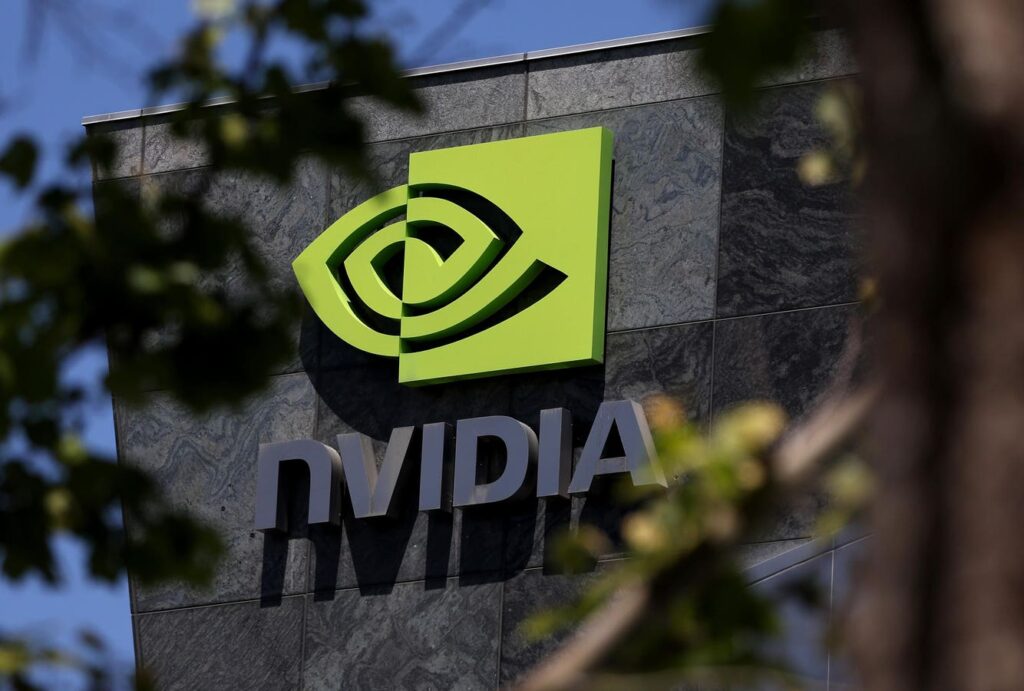Nvidia, the prominent U.S. semiconductor firm known for its leadership in high-performance computing and artificial intelligence (AI) chip markets, is currently under investigation by Chinese authorities. The State Administration for Market Regulation (SAMR) of China has initiated this inquiry regarding Nvidia’s 2020 acquisition of Mellanox Technologies. The investigation raises concerns over potential violations of China’s anti-monopoly laws, particularly asserting that Nvidia may not have complied with specific conditions tied to the approval of the acquisition.
According to SAMR, the approval of the Mellanox deal was contingent upon Nvidia adhering to a protocol that required the company to share information about new products with its competitors at least 90 days prior to market release. Although detailed aspects of the ongoing investigation remain undisclosed, this scrutiny indicates China’s intent to tighten regulations on foreign businesses operating within its jurisdiction. Nvidia’s significant involvement in China’s tech ecosystem amplifies the stakes of this inquiry, especially given the country’s increasing focus on regulating foreign influence in its domestic markets.
Following the announcement of the investigation, Nvidia’s stock experienced a noteworthy decline of approximately 2%, reflecting investors’ worries regarding the potential repercussions on Nvidia’s operations and revenue streams in China. This situation arises against a backdrop of intensifying geopolitical tensions between the U.S. and China, where technology firms often find themselves as prime targets for regulatory actions and scrutiny. Analysts are closely watching how the situation develops, as any resulting sanctions or operational constraints could have significant implications for Nvidia, which relies heavily on the Chinese market for its high-performance computing products.
The investigation into Nvidia is potentially indicative of a broader Chinese strategy aimed at fostering competition within its domestic markets and reducing the national reliance on foreign technologies. This strategic direction aligns with Beijing’s “dual circulation” policy, which emphasizes the importance of self-sufficiency while still engaging with international markets. Given Nvidia’s influential role in AI and high-performance computing—technologies vital for sectors such as autonomous driving, financial modeling, and smart city initiatives—the ramifications of this probe could reverberate across the tech landscape.
Furthermore, the situation underscores the intricate balancing act that companies like Nvidia must perform in navigating diverse regulatory frameworks while remaining competitive in global markets. If the SAMR’s investigation leads to punitive actions against Nvidia, it could catalyze China’s ambition to cultivate domestic alternatives to Nvidia’s technologies, which may alter the competitive dynamics within the semiconductor industry significantly. The potential emergence of a more self-sufficient and competitive semiconductor sector in China poses a challenge to Nvidia’s longstanding dominance in this space.
In summary, Nvidia’s current predicament illustrates the complex interplay between foreign technology firms and Chinese regulatory frameworks, further emphasizing the evolving landscape of international trade and competition. As the investigation unfolds, the implications for Nvidia, its investors, and potentially the broader semiconductor market will be critical to monitor, given the intertwined nature of technology, economics, and geopolitical tensions in contemporary global affairs.

